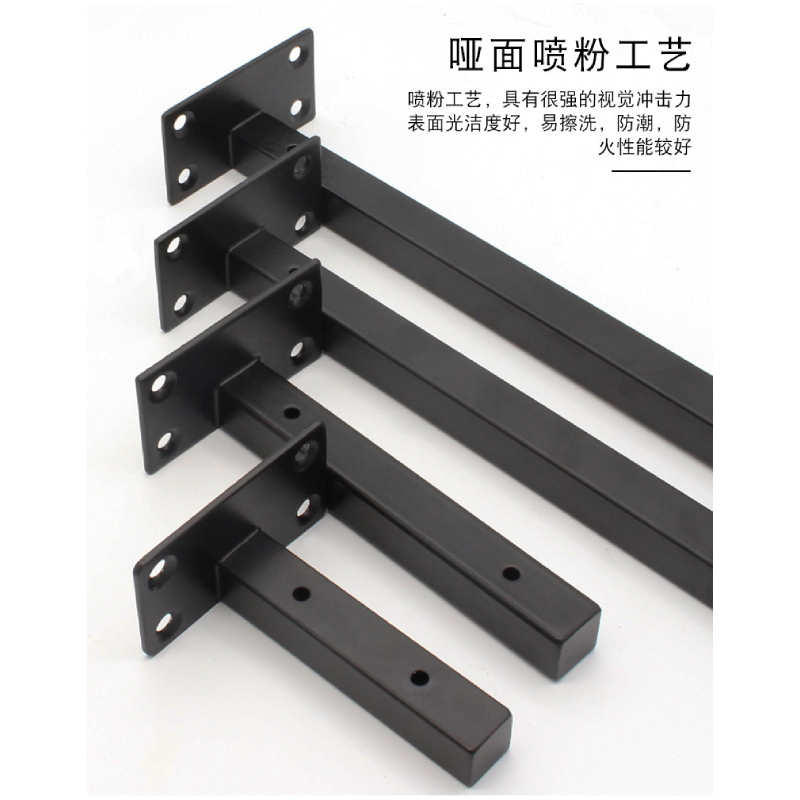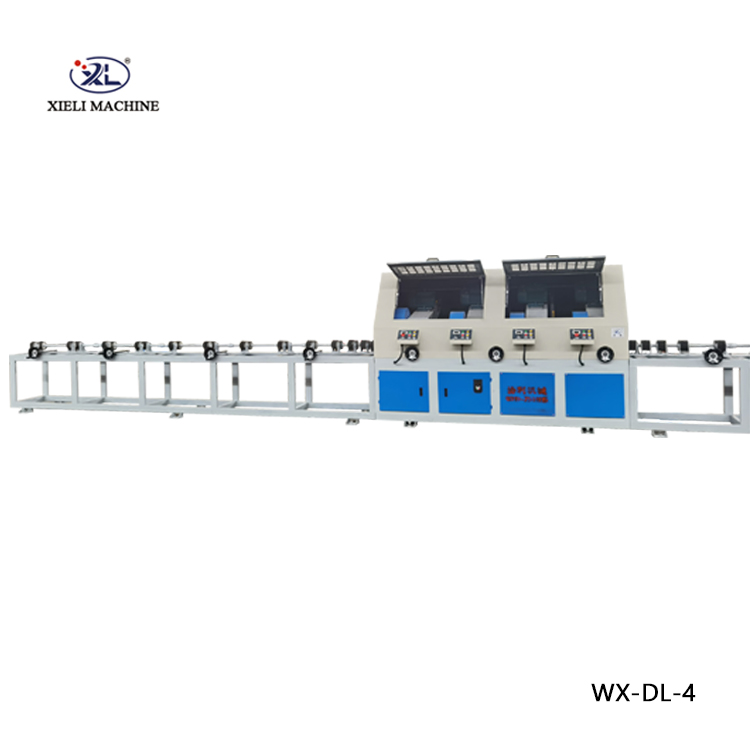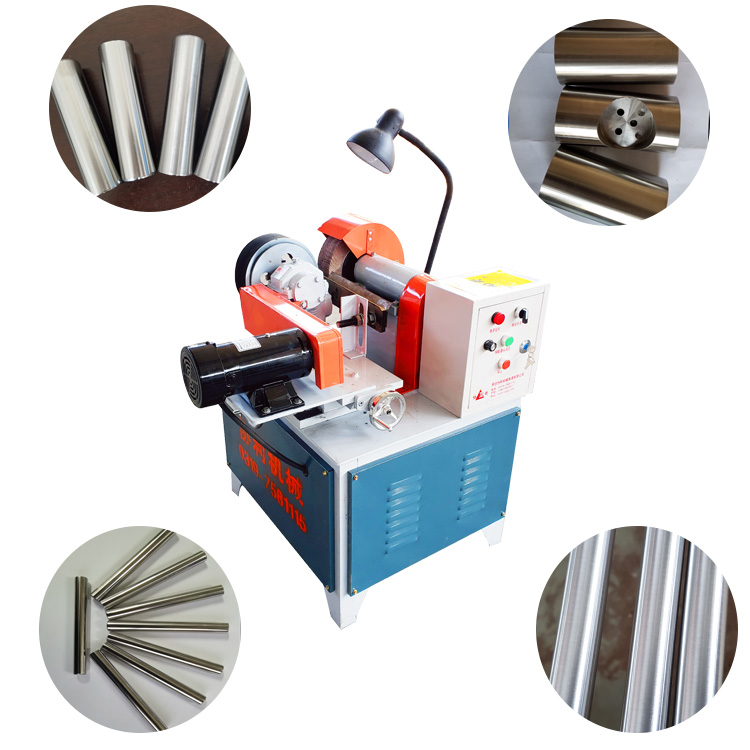Understanding Throughfeed Centerless Grinding
Throughfeed centerless grinding is a sophisticated machining process widely used in manufacturing to produce precision cylindrical parts. This method offers advantages in efficiency and productivity, making it a preferred choice for various industrial applications. In this article, we will explore the fundamental aspects of throughfeed centerless grinding, its operational principles, advantages, and typical applications.
What is Throughfeed Centerless Grinding?
Throughfeed centerless grinding is a technique where the workpiece is fed continuously through the grinding wheels without the need for fixtures or clamping devices. Unlike traditional grinding methods, where the part is held securely in place, in throughfeed grinding, the workpiece is supported by a work rest blade and guided by the grinding wheels. This setup allows for high-speed production and is particularly effective for parts with consistent diameters.
Operational Principles
The process begins with the setup of two grinding wheels a grinding wheel and a regulating wheel. The grinding wheel removes material from the part, while the regulating wheel controls the speed and position of the workpiece. As the workpiece is pushed through the grinding zone, the interaction between the wheels generates a precise finish and uniform diameter.
The work rest blade plays a critical role in this process. It supports the workpiece between the grinding and regulating wheels, ensuring that the part maintains its alignment and does not veer off-course. This design enables higher feed rates than other grinding methods, leading to increased productivity.
throughfeed centerless grinder

Advantages of Throughfeed Centerless Grinding
One of the primary advantages of throughfeed centerless grinding is its efficiency. The continuous feed process allows for high-volume production with minimal cycle times, making it suitable for mass production environments. Additionally, the setup does not require extensive tooling or fixturing, reducing setup times and costs.
Quality is another significant benefit. Throughfeed grinding can achieve tight tolerances and excellent surface finishes, making it ideal for precision components. The process minimizes the risk of human error since the workpieces are fed through automatically, ensuring consistent results.
Moreover, throughfeed centerless grinding can handle various materials, including metals and plastics, making it versatile. It is particularly popular in the automobile, aerospace, and manufacturing industries, where precision and reliability are paramount.
Applications
This grinding technique is commonly used for producing parts such as rods, tubes, and shafts, where cylindrical shape and smooth surface finish are essential. Specific applications include the manufacturing of automotive components like valve stems, crankshafts, and transmission parts, as well as components in medical devices and industrial machinery.
In conclusion, throughfeed centerless grinding is an efficient and cost-effective method for producing high-precision cylindrical parts. Its ability to deliver consistent quality at high speeds makes it an invaluable process in modern manufacturing. As technology continues to advance, throughfeed centerless grinding is likely to evolve further, expanding its application and enhancing its capabilities, solidifying its role in the future of precision engineering.





